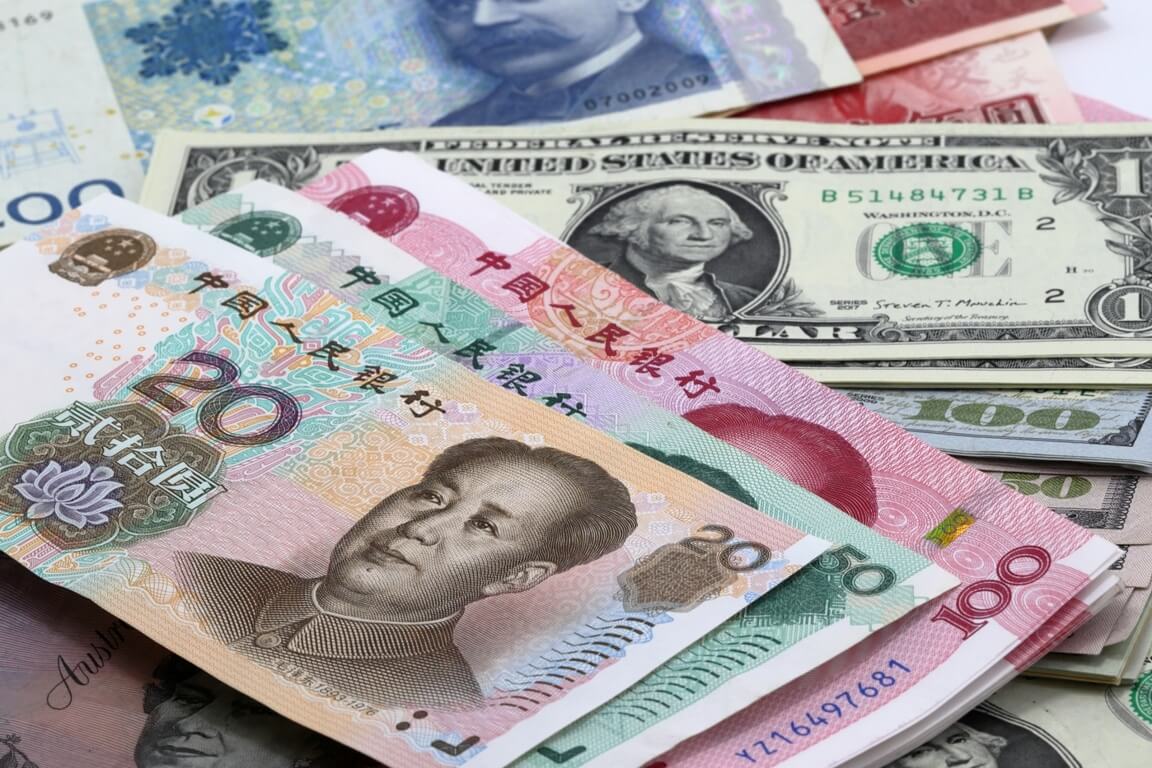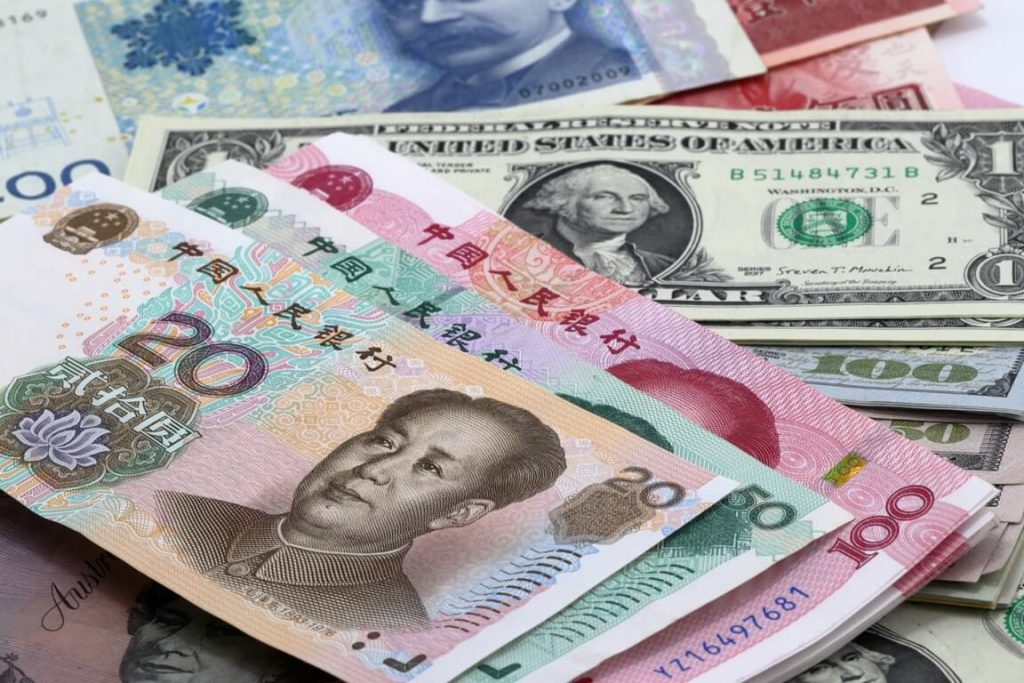
Challenges for The Chinese Yuan
Broad US dollar strength on international markets remains a headache for the People’s Bank of China, attempting to exert some control over the rate at which the yuan declines against the greenback. The true issue will come if market sentiment, currently dominated by US dollar bullishness, begins to integrate a specifically pessimistic perspective on the yuan.
This year’s currency experience in Japan exemplifies the point. In 2022, the yen has declined far quicker versus the US dollar than other major currencies, including the yuan. That is suggestive of a market that is both optimistic about the dollar’s prospects and pessimistic about the yen’s value.
The US Fed left other major central banks in the dust with a series of interest rate hikes. Hence, cross-border yield differentials have shifted in favor of the dollar, helping its climb on the currency markets.
In sharp contrast, the Bank of Japan has steadfastly maintained an ultra-accommodative monetary policy. This made the yen less appealing than the dollar with each Fed rate increase.
US consumer price inflation remains robust. Hence, the Fed should hike US interest rates again this week, most likely by 0.74 percentage points. However, there’s an outside probability of a one percentage point increase.
The Bank of Japan will meet next week and is expected to maintain current monetary settings. Even if it were willing to be less ultra-accommodative, it would be unlikely to influence market sentiment toward the dollar/yen, given the Fed’s rate hike path.
China’s domestic economic realities currently necessitate a supportive monetary policy. As a result, as the Fed raises interest rates in the United States but China does not, currency markets attempt to boost the dollar’s value against the yuan.
Yuan vs. US Dollar Exchange Rate
The issue is that Japan currently has a trade deficit. It reached a record high of 2.827T yen last month. Imports increased by 49.9% in August, owing mostly to a jump in US-dollar-denominated energy prices, which outweighed the annualized 22.15 percent growth in exports. With each passing Fed rate increase, the yen has become less attractive than the dollar.
The Chinese central bank has been attempting to slow the speed of yuan depreciation, which is presently primarily a result of US dollar strength. Still, the real problem will be if markets determine that China’s currency should be weaker on its own.


